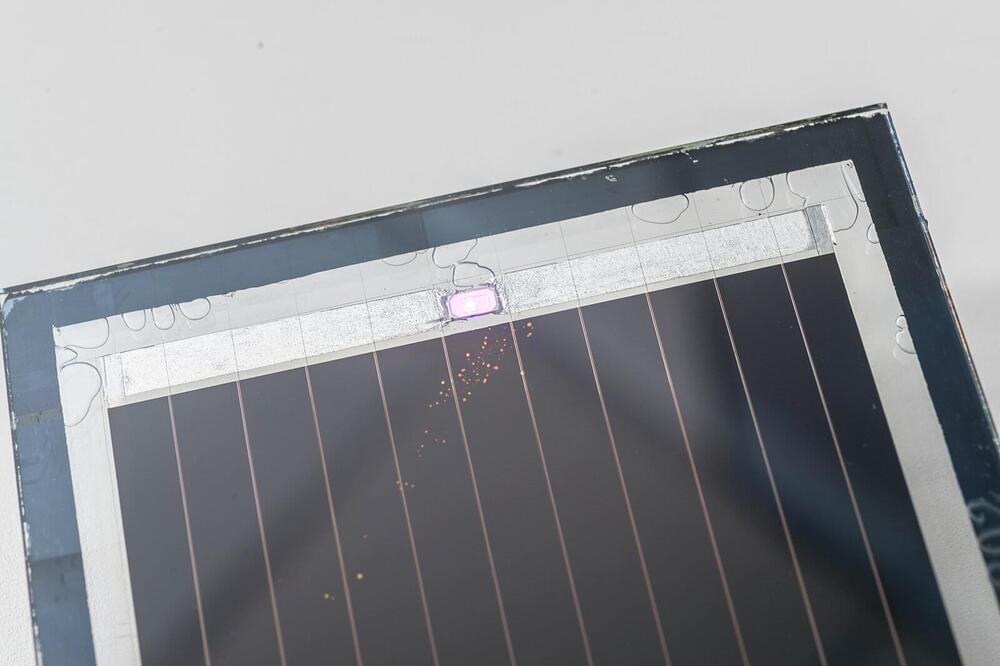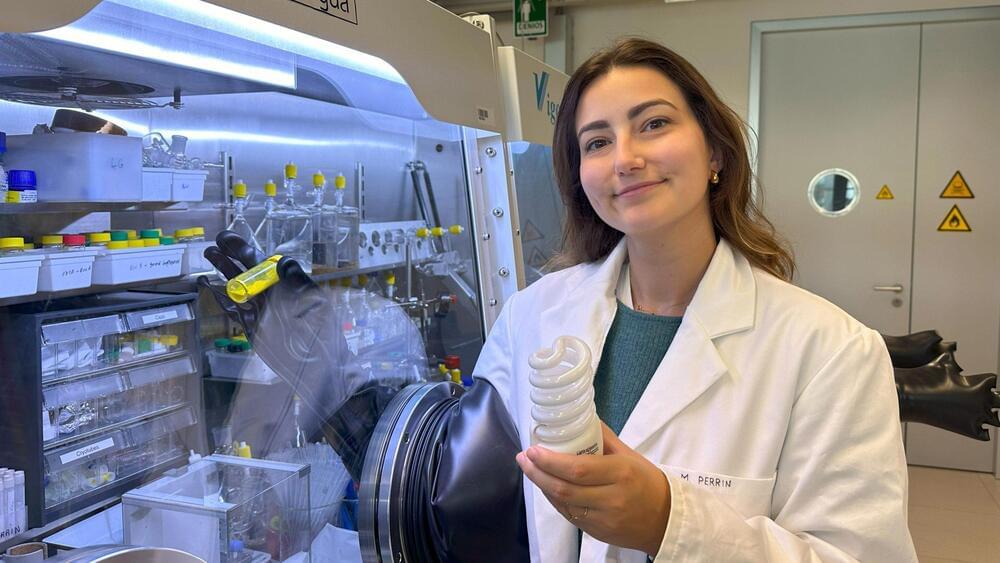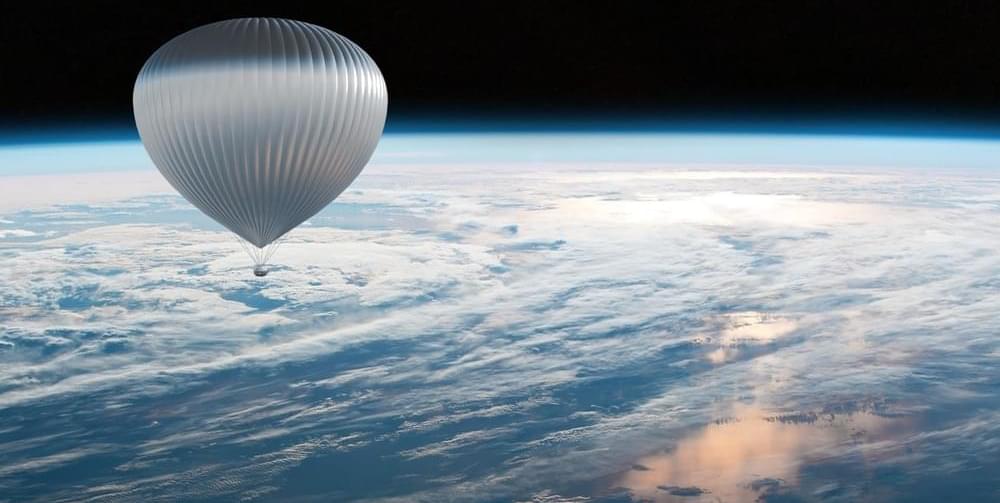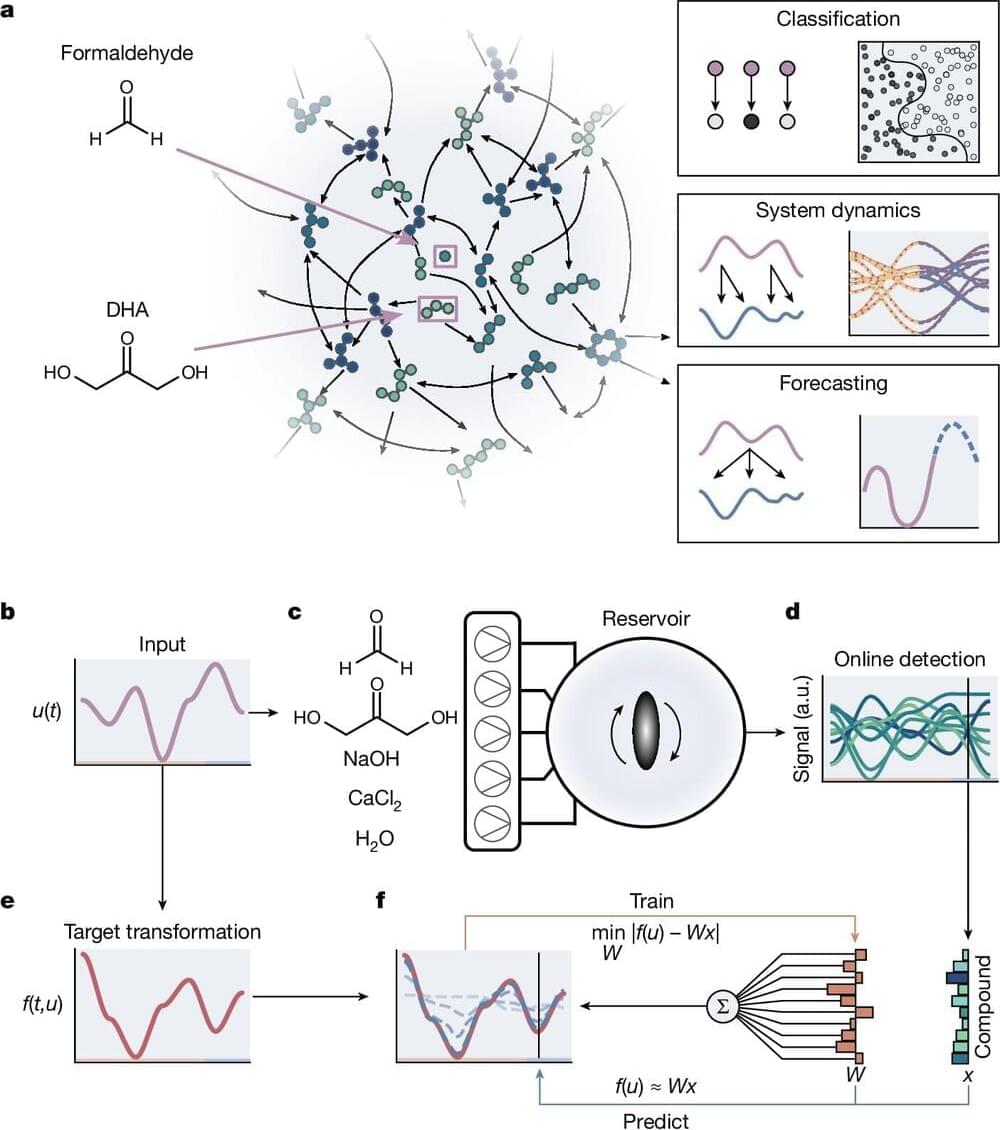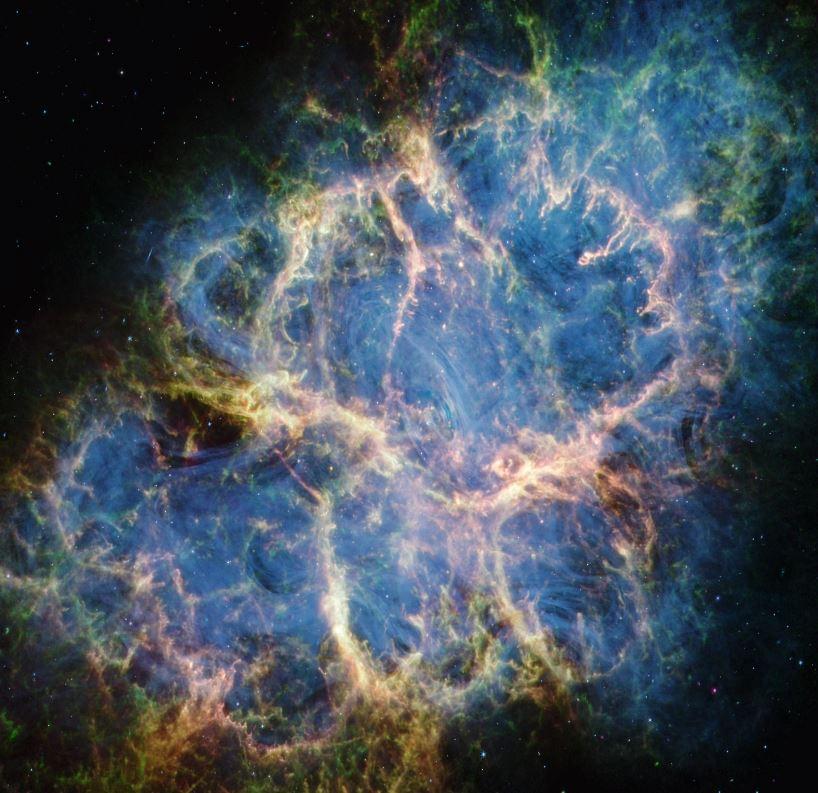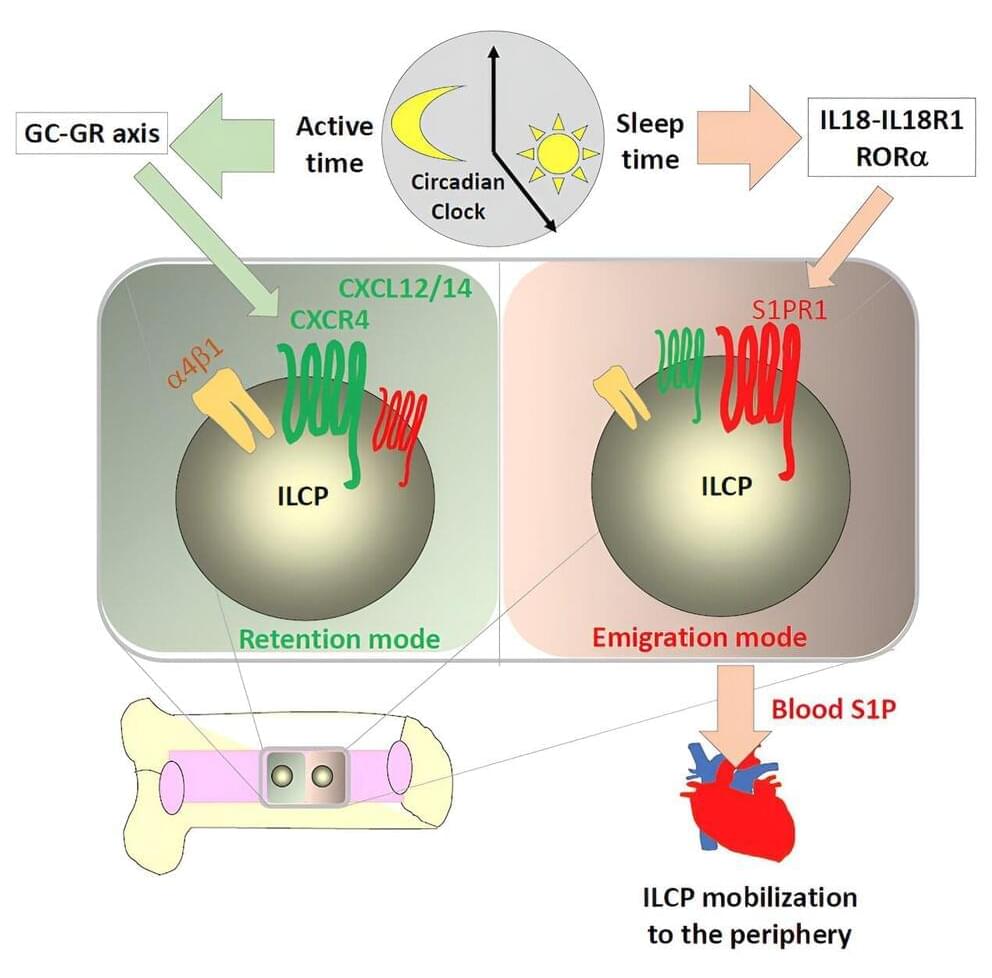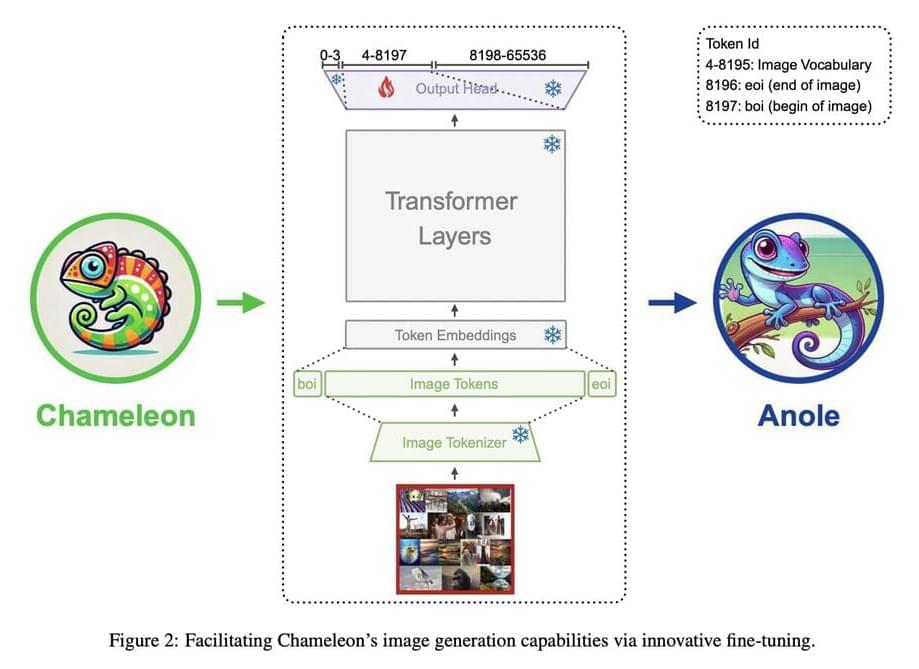Jul 14, 2024
Highly efficient and stable solar cells can now be mass produced like printing newspapers
Posted by Genevieve Klien in categories: solar power, sustainability
Scientists at the City University of Hong Kong (CityUHK) have developed highly efficient, printable and stable perovskite solar cells to achieve carbon neutrality and promote sustainable development.
The new type of perovskite solar cells can be mass-produced at a speed comparable to newspaper printing, with a daily output of up to 1,000 solar panels. Owing to their flexible, semi-transparent characteristics, they can also be made into light-absorbing glass windows, realizing the concept of “urban solar farms” in cities with many high-rise buildings.
The research is led by the Lee Shau Kee Chair Professor of Materials Science at CityUHK, Professor Alex Jen Kwan-yue, and the results were published in Nature Energy.
